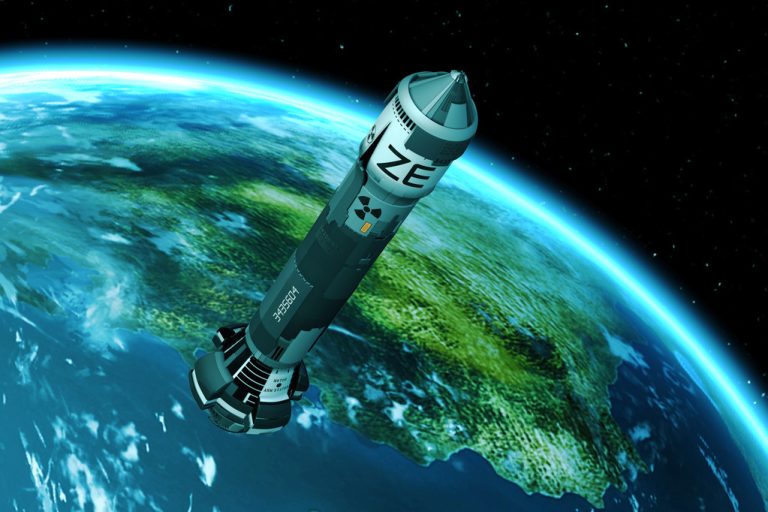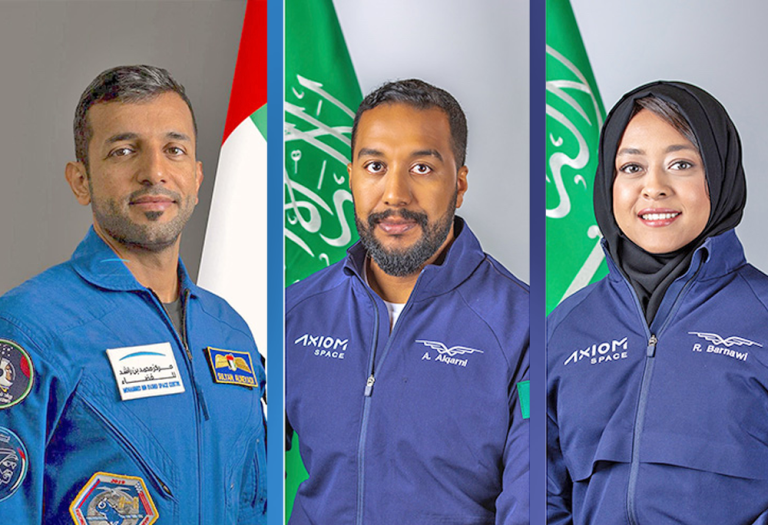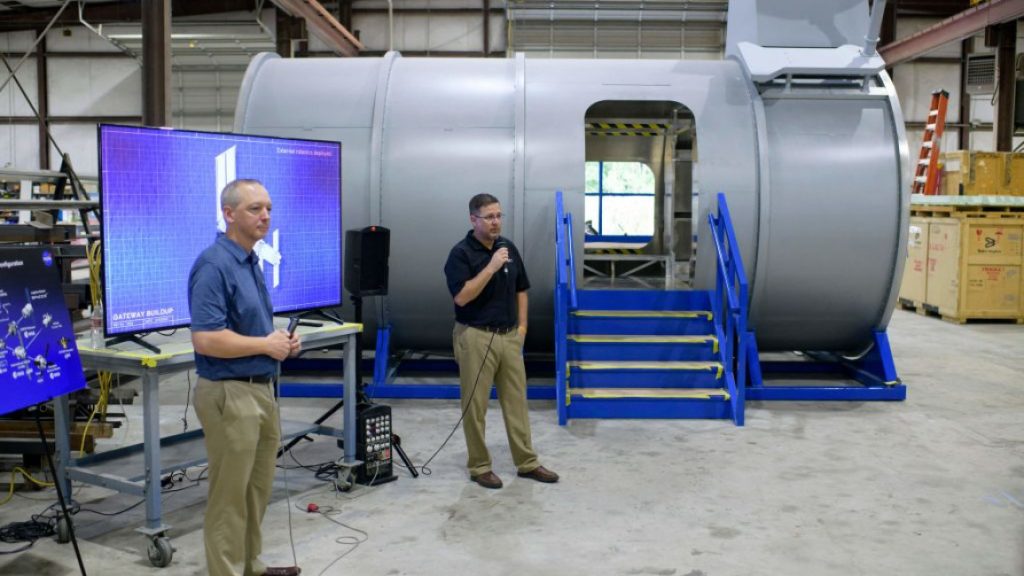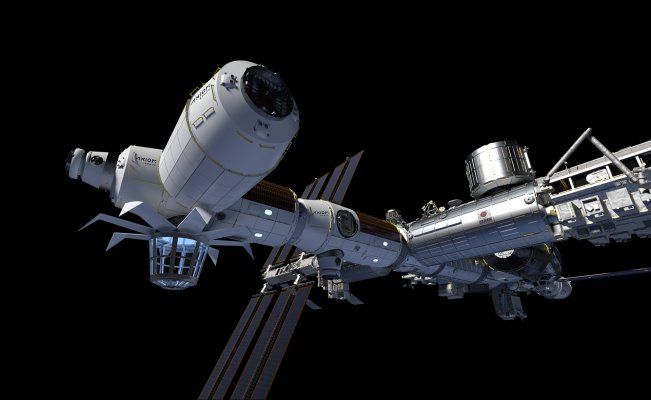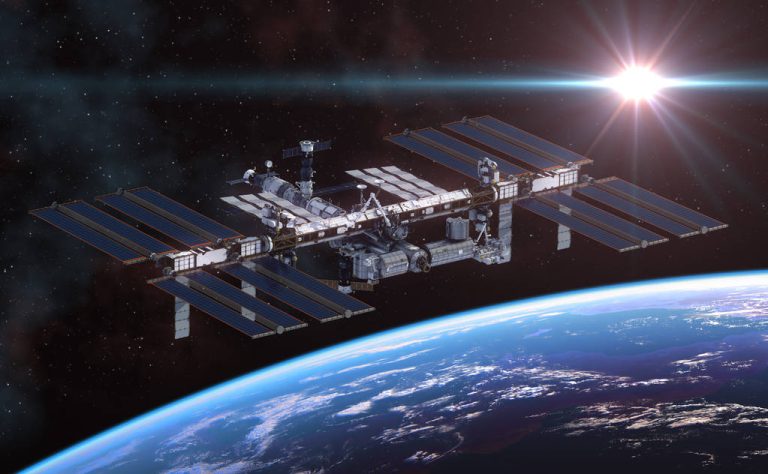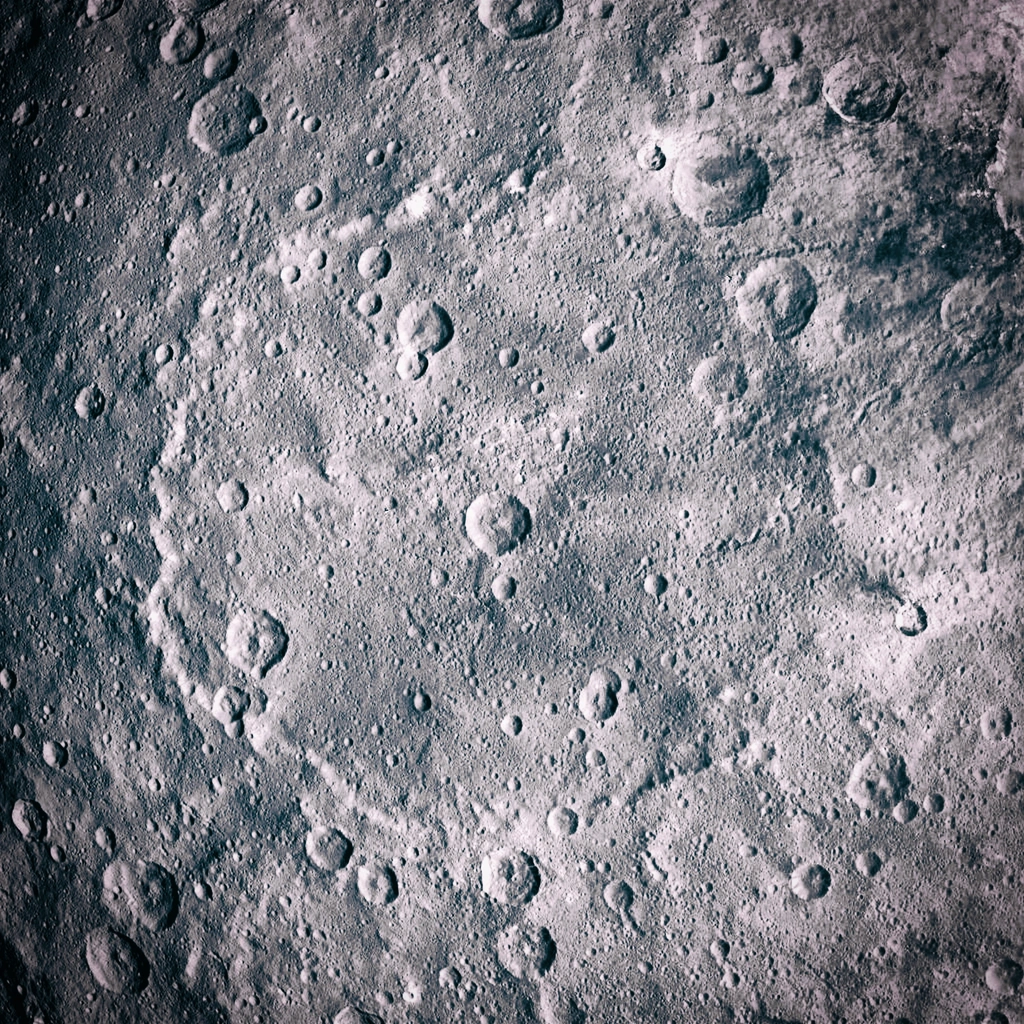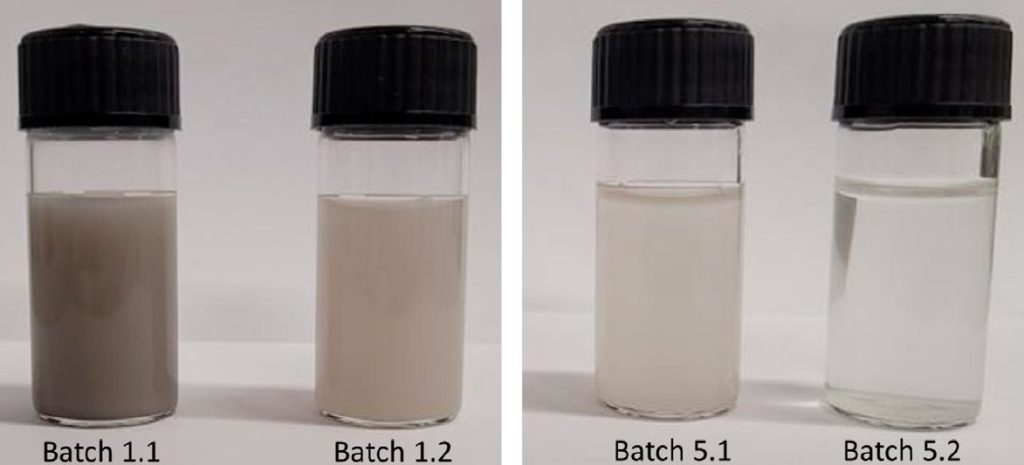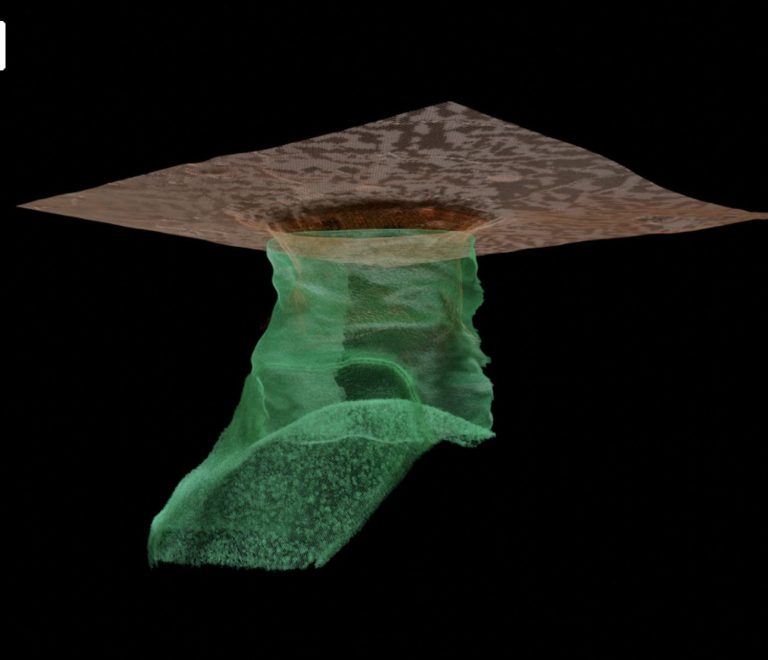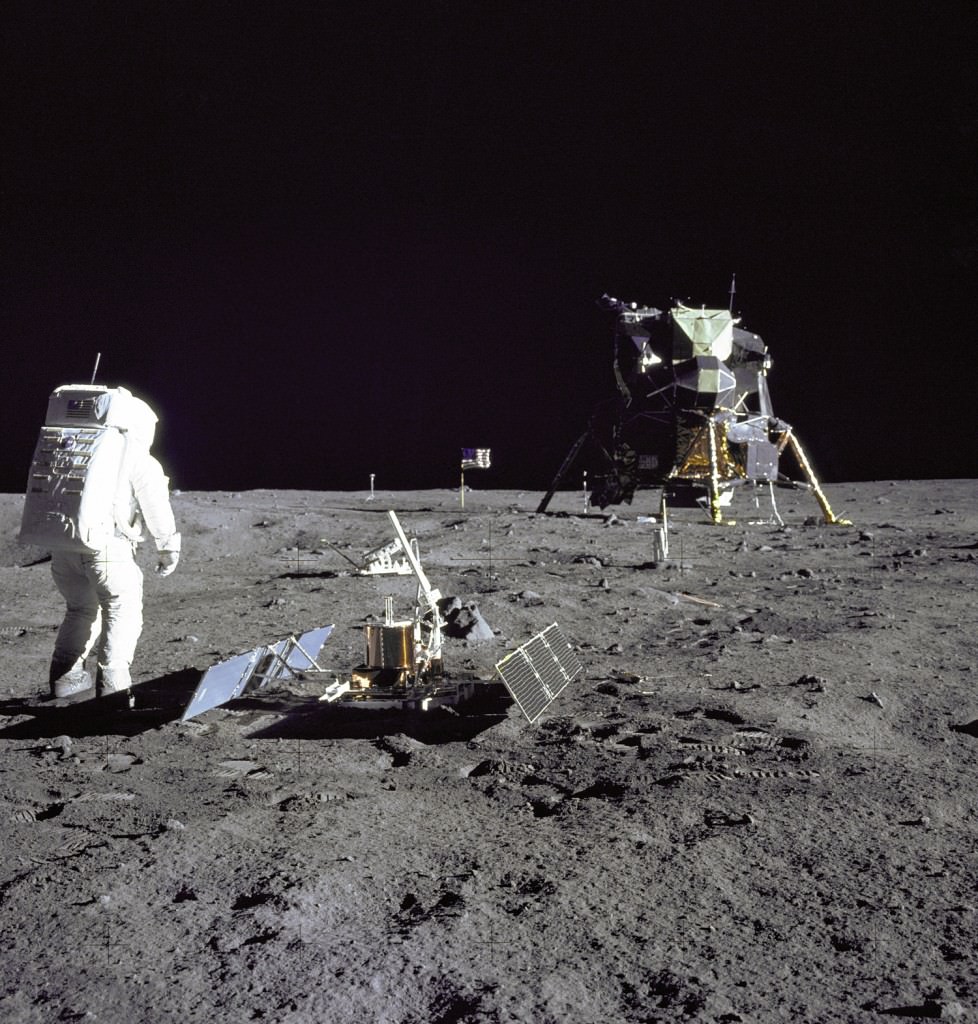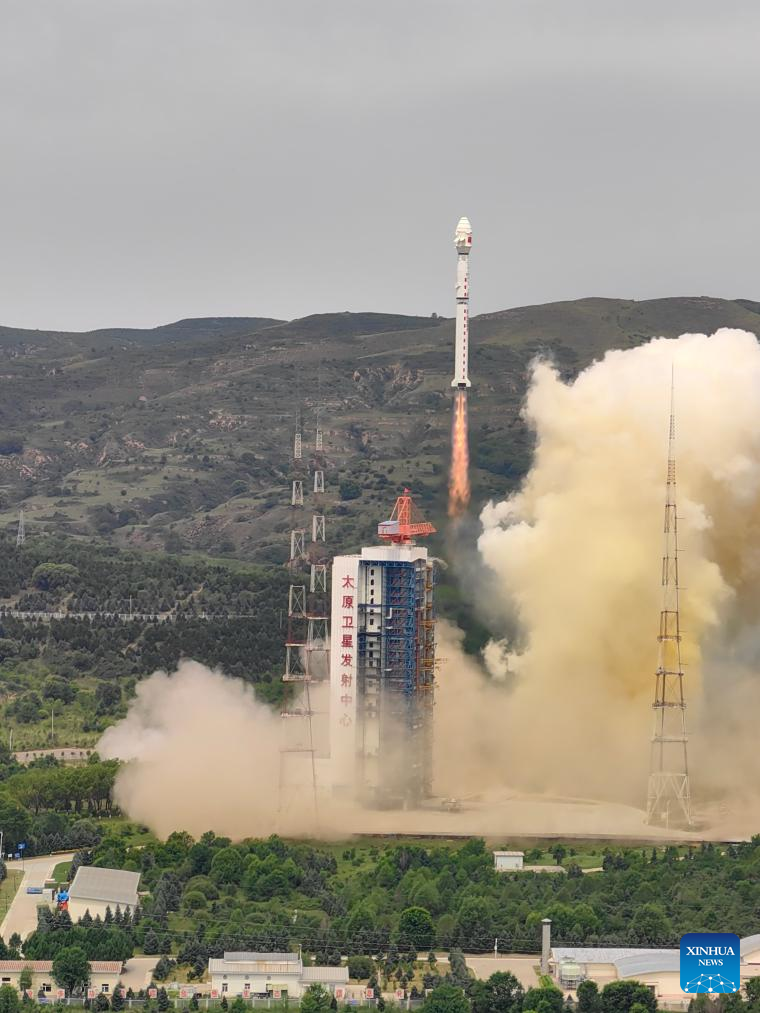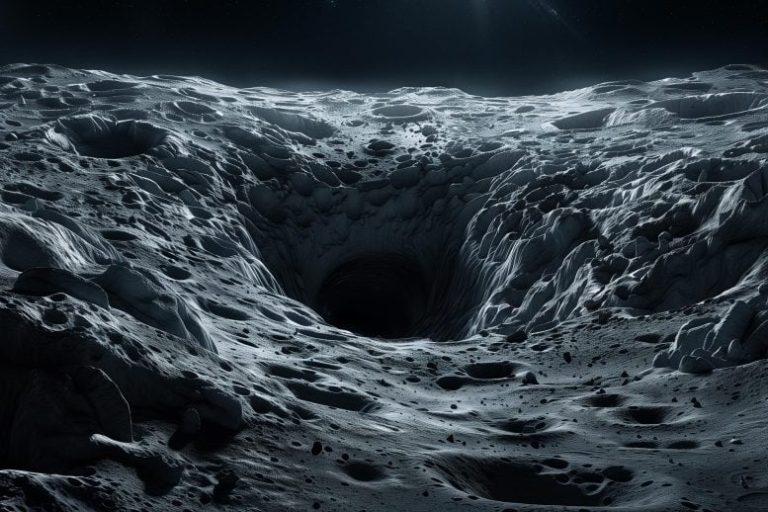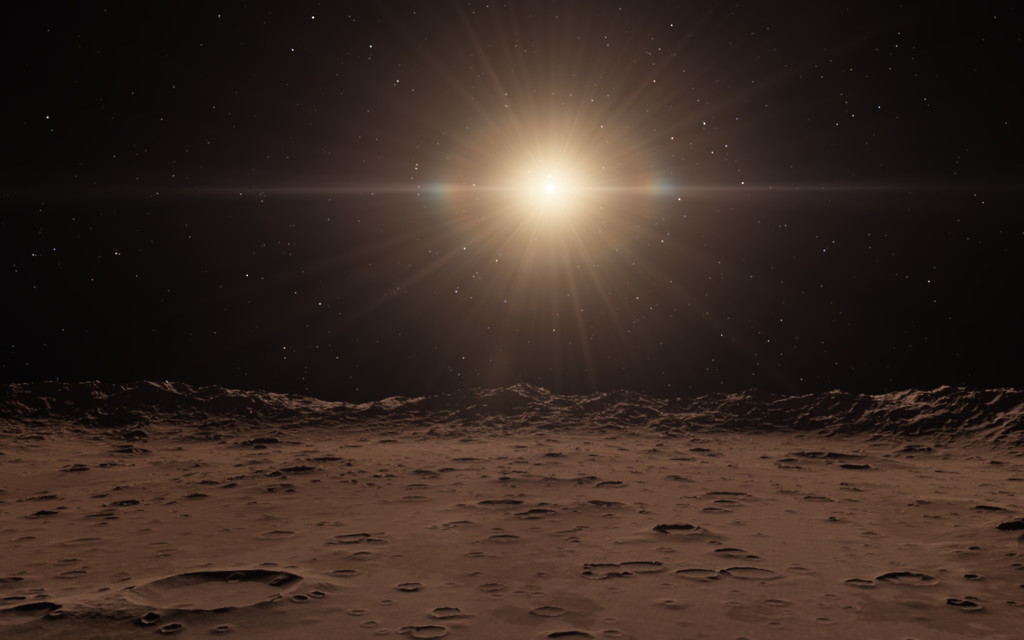Axiom Space and Nokia: Partnering for Cutting-Edge Wireless Spacesuit Technology
- Axiom Space and Nokia are developing a 4G/LTE communication system for Artemis spacesuits.
- The LSCS technology will offer high-speed communication for astronauts on the lunar surface.
- The system will enhance scientific operations by enabling real-time data transmission and high-definition video streaming.
- The technology provides redundancy for existing communication links, offering increased safety and reliability.
- The LSCS system will be tested on the moon during a robotic mission scheduled for late 2024.
- The partnership is part of a larger effort to develop a sustainable lunar infrastructure for future missions.
A New Era in Lunar Communication: Axiom Space and Nokia’s Groundbreaking Partnership
The race to establish a sustainable human presence on the moon has led to some of the most innovative partnerships in space exploration history. Among these, the collaboration between Axiom Space and Nokia stands out as a significant leap forward. Announced on August 21, 2024, this partnership aims to integrate cutting-edge 4G/LTE wireless communication technologies into the spacesuits that Axiom Space is developing for NASA’s Artemis program.
At the heart of the Axiom-Nokia collaboration is the Lunar Surface Communications System (LSCS), a sophisticated communication network designed to support the Artemis spacesuits. The LSCS system will consist of two main components:
- Network in a Box: This includes a base station, antennas, and other supporting systems installed on the Human Landing Services lander.
- User Module: Integrated within Axiom’s spacesuits, this module will enable astronauts to connect to the LSCS seamlessly.
The system aims to provide redundancy for existing communication channels, such as UHF and Wi-Fi, while significantly increasing bandwidth. This enhancement allows for high-definition video streaming, real-time data transmission, and improved communication between astronauts and mission control.
The Artemis program, a critical part of NASA’s long-term lunar exploration goals, seeks to return humans to the moon by 2026. Axiom Space’s involvement in developing the next-generation extravehicular activity (EVA) suits is crucial to this mission. The addition of Nokia’s 4G/LTE technology will elevate the capabilities of these suits, allowing astronauts to perform more complex tasks with higher efficiency.
Russell Ralston, Axiom Space’s executive vice president of extravehicular activity, highlighted the importance of this technology in a recent interview. “From a suit perspective, we like this because it will give us a lot more capability and it gives us a little bit more redundancy in the communications,” he said. The LSCS technology offers a unique blend of reliability and versatility, providing astronauts with multiple communication options based on mission requirements.
One of the most significant benefits of the LSCS technology is its potential to revolutionize scientific operations on the lunar surface. The system enables scientists and geologists supporting the mission from Earth to gain a clearer, real-time understanding of the crew’s observations. By streaming high-definition video directly from the suit’s cameras, mission control and research teams can collaborate more effectively, making informed decisions with minimal delay.
“From a scientific perspective, what it means is all of the scientists and geologists supporting the NASA mission in real-time will have much better insight into what the crew is seeing,” Ralston explained. “People will connect with the mission a lot more closely when they can see it in such rich detail.”
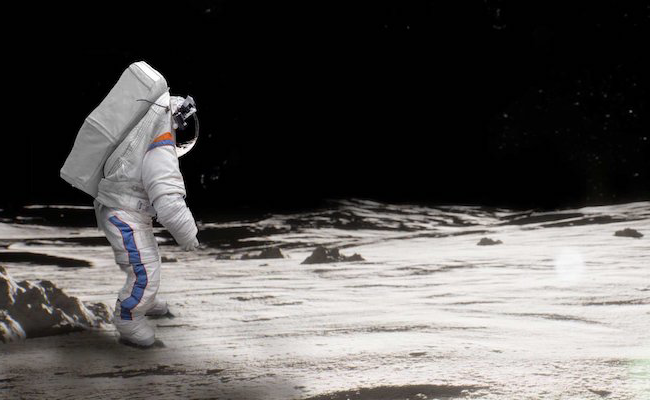
Before being incorporated into Axiom’s spacesuits, Nokia’s LSCS system will undergo rigorous testing during the IM-2 mission, the second robotic lunar lander mission by Intuitive Machines. This mission, scheduled for late 2024, will test the system’s ability to provide communication between the lander, a rover, and a “hopper” developed by Intuitive Machines. While the success of this mission is not a must for using LSCS on Axiom’s suits, it provides valuable insights for future Artemis missions.
Thierry Klein, president of Bell Labs Solutions Research at Nokia, noted that the technology could be adapted for future missions involving a lunar rover. Nokia is also exploring how this technology could be utilized in a commercial lunar economy over the next 10 to 15 years through its participation in DARPA’s LunA-10 study.
NASA’s commitment to developing advanced spacesuit technology is reflected in its recent $57.5 million task order to Axiom Space, part of the larger Exploration Extravehicular Activity Services (xEVAS) contract. This task order funds the integration of the LSCS technology into the Artemis suits, marking a significant milestone in the development process.
Axiom Space is now entering the critical design review (CDR) phase of suit development, a period that will continue into early 2025. “We’re approaching that point in time where the design is really solidifying,” Ralston said. He emphasized the importance of having Nokia’s technology incorporated before the CDR phase is completed, ensuring that the final design fully integrates the LSCS capabilities.
Table 1: Key Milestones in the Axiom-Nokia Partnership
| Milestone | Date | Description |
|---|---|---|
| Partnership Announcement | August 21, 2024 | Axiom Space and Nokia announce collaboration to develop LSCS for Artemis spacesuits. |
| IM-2 Robotic Mission | Late 2024 | Nokia tests LSCS technology on the moon during Intuitive Machines’ IM-2 mission. |
| Task Order from NASA | August 2024 | NASA awards Axiom Space a $57.5 million task order to integrate LSCS into Artemis spacesuits. |
| Critical Design Review (CDR) | Late 2024 – Early 2025 | Axiom Space progresses through the CDR phase, solidifying the final design of the Artemis spacesuit. |
| Artemis 3 Mission | No earlier than 2026 | First use of Axiom’s LSCS-equipped spacesuits on a crewed lunar mission. |
The LSCS technology is designed to be user-friendly, with seamless integration into the spacesuits. Astronauts can choose between different communication options based on their mission needs, whether it be UHF, Wi-Fi, or 4G/LTE. This flexibility allows for tailored communication strategies that can adapt to the unique challenges of each lunar mission.
Moreover, the LSCS system is built to operate efficiently at distances of up to two kilometers from the lander, meeting NASA’s requirements for the Artemis 3 mission. However, Nokia’s testing has shown that the system can potentially exceed this range in certain configurations, opening the door for even more ambitious lunar exploration activities in the future.
The collaboration between Axiom Space and Nokia is not just about enhancing communication for lunar missions; it’s part of a broader vision to establish a sustainable lunar economy. Nokia’s participation in DARPA’s LunA-10 study reflects this ambition. The study explores how communication networks like LSCS could support commercial activities on the moon, from mining operations to lunar tourism.
As the technology matures, it could become a critical infrastructure component for a thriving lunar economy, enabling everything from autonomous robotic operations to real-time video feeds for remote lunar workers.
The integration of Nokia’s LSCS into Axiom’s spacesuits represents a new standard in spacesuit technology. By combining cutting-edge wireless communication with robust, adaptable suit design, Axiom Space is setting the stage for a new era of lunar exploration.
The modularity of the LSCS allows for future upgrades and modifications, ensuring that the suits remain relevant as NASA and its partners push the boundaries of human exploration. This adaptability is crucial as NASA plans more complex missions, including establishing a permanent lunar base and eventually sending humans to Mars.
Table 2: Advantages of LSCS Technology in Artemis Missions
| Advantage | Description |
|---|---|
| High-Speed Communication | Enables real-time data transmission and high-definition video streaming from the lunar surface. |
| Redundancy and Reliability | Provides backup communication options, enhancing mission safety and reliability. |
| Scientific Collaboration | Allows scientists on Earth to receive detailed, real-time data, improving mission outcomes. |
| Flexibility for Future Missions | Adaptable for various mission requirements, including future lunar rovers and commercial operations. |
| Foundation for a Lunar Economy | Supports the development of a sustainable lunar economy through robust communication infrastructure. |

